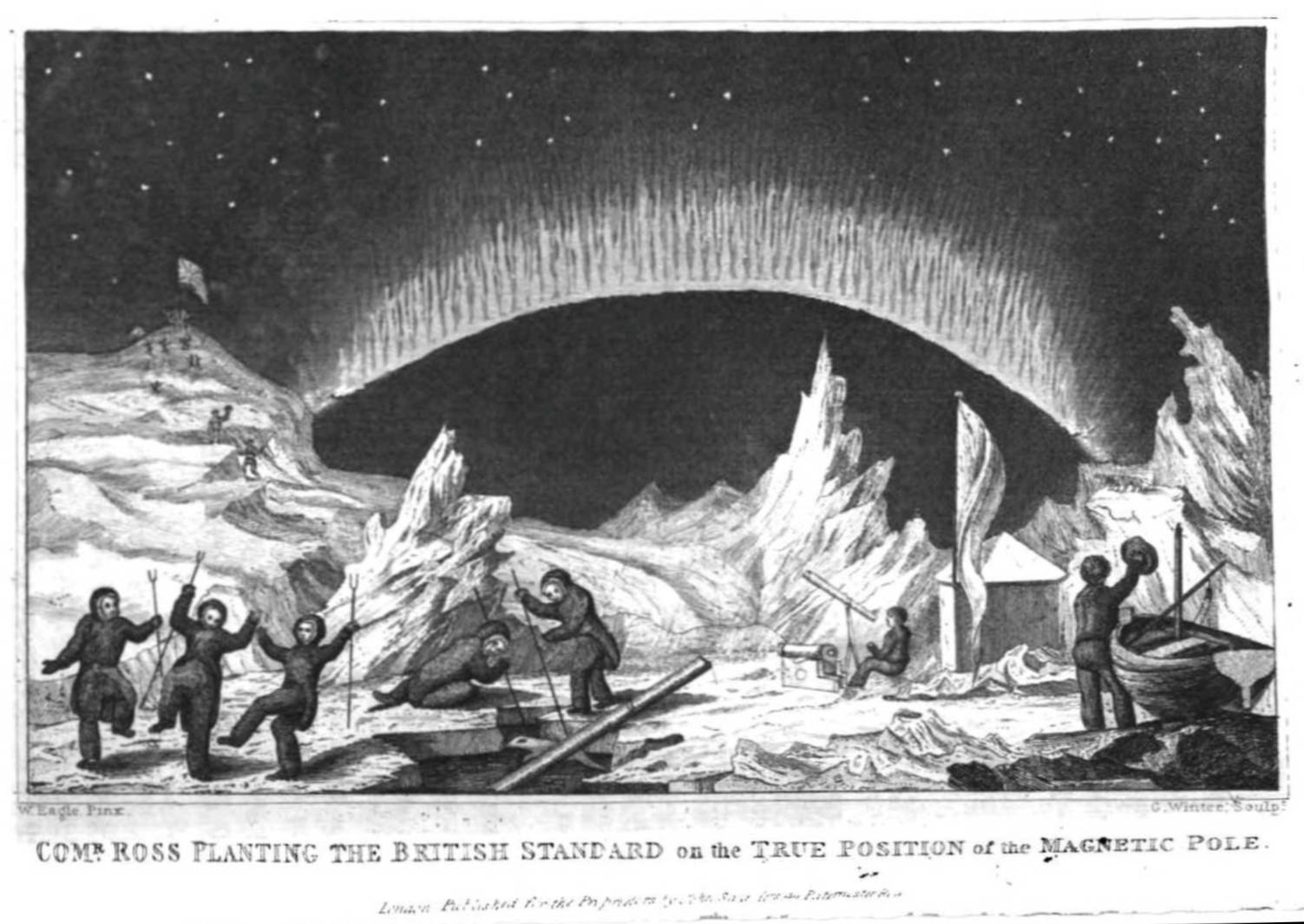|
Cape North (Victoria Land)
Cape North is a large bluff with much rock exposed along the north and east sides, standing at the west side of Nielsen Fjord on the north coast of Victoria Land. The top of the bluff is snow covered and rises to about . Although it is not the northernmost coastal point in the immediate area, the feature is conspicuous and presumably is the one observed by Captain James Clark Ross Sir James Clark Ross (15 April 1800 – 3 April 1862) was a British Royal Navy officer and polar explorer known for his explorations of the Arctic, participating in two expeditions led by his uncle Sir John Ross, John Ross, and four led b ... in 1841 and given the name Cape North. On the chart by Ross, Cape North is depicted as the northernmost cape observed westward of Cape Hooker. References * Headlands of Victoria Land {{VictoriaLand-geo-stub ... [...More Info...] [...Related Items...] OR: [Wikipedia] [Google] [Baidu] |
Nielsen Fjord
Nielsen Fjord () is a fjord 2 nautical miles (3.7 km) wide between Cape North (Victoria Land), Cape North and Gregory Bluffs on the north coast of Victoria Land. Named by ANARE (Australian National Antarctic Research Expeditions) for Captain Hans Nielsen, master of the used in exploring this coast, 1962. Fjords of Antarctica Landforms of Victoria Land Pennell Coast {{PennellCoast-geo-stub ... [...More Info...] [...Related Items...] OR: [Wikipedia] [Google] [Baidu] |
Victoria Land
Victoria Land is a region in eastern Antarctica which fronts the western side of the Ross Sea and the Ross Ice Shelf, extending southward from about 70°30'S to 78°00'S, and westward from the Ross Sea to the edge of the Antarctic Plateau. It was discovered by Captain James Clark Ross in January 1841 and named after Queen Victoria. The rocky promontory of Minna Bluff is often regarded as the southernmost point of Victoria Land, and separates the Scott Coast to the north from the Hillary Coast of the Ross Dependency to the south. The region includes ranges of the Transantarctic Mountains and the McMurdo Dry Valleys (the highest point being Mount Abbott in the Northern Foothills), and the flatlands known as the Labyrinth. The Mount Melbourne is an active volcano in Victoria Land. Early explorers of Victoria Land include James Clark Ross and Douglas Mawson. In 1979, scientists discovered a group of 309 meteorites A meteorite is a solid piece of debris from an ... [...More Info...] [...Related Items...] OR: [Wikipedia] [Google] [Baidu] |
James Clark Ross
Sir James Clark Ross (15 April 1800 – 3 April 1862) was a British Royal Navy officer and polar explorer known for his explorations of the Arctic, participating in two expeditions led by his uncle Sir John Ross, John Ross, and four led by Sir William Parry, William Edward Parry, and, in particular, for Ross expedition, his own Antarctic expedition from 1839 to 1843. Biography Early life Ross was born in London, the son of George Ross and nephew of Sir John Ross, John Ross, under whom he entered the Royal Navy on 5 April 1812. Ross was an active participant in the Napoleonic Wars, being present at an action where HMS Briseis (1808), HMS ''Briseis'', commanded by his uncle, captured ''Le Petit Poucet'' (a French privateer) on 9 October 1812. Ross then served successively with his uncle on HMS Acteon (1805), HMS ''Actaeon'' and HMS Driver (1840), HMS ''Driver''. Arctic exploration Ross participated in John's unsuccessful first Arctic voyage in search of a Northwest ... [...More Info...] [...Related Items...] OR: [Wikipedia] [Google] [Baidu] |
Cape Hooker (Antarctica)
Cape Hooker () is a cape on the northeastern portion of the peninsula which includes Davis Ice Piedmont, on the north coast of Victoria Land, Antarctica.Cape Dayman lies situated to the immediate east-southeast, forming an outer entrance point to Yule Bay. This headland was first discovered by Captain James Clark Ross in 1841, who named it for Joseph Dalton Hooker (later Sir Joseph), naturalist and assistant surgeon on the ''Erebus'' who became internationally famous as a botanist. This headland lies situated on the Pennell Coast, a portion of Antarctica lying between Cape Williams Cape Williams () is an ice-covered cape in Antarctica. It is the termination of Buell Peninsula at the east side of the terminus of Lillie Glacier at the lower ends of George Glacier and Zykov Glacier. The peninsula is 15 nautical miles (28 ... and Cape Adare. References Headlands of Victoria Land Pennell Coast {{VictoriaLand-geo-stub ... [...More Info...] [...Related Items...] OR: [Wikipedia] [Google] [Baidu] |

